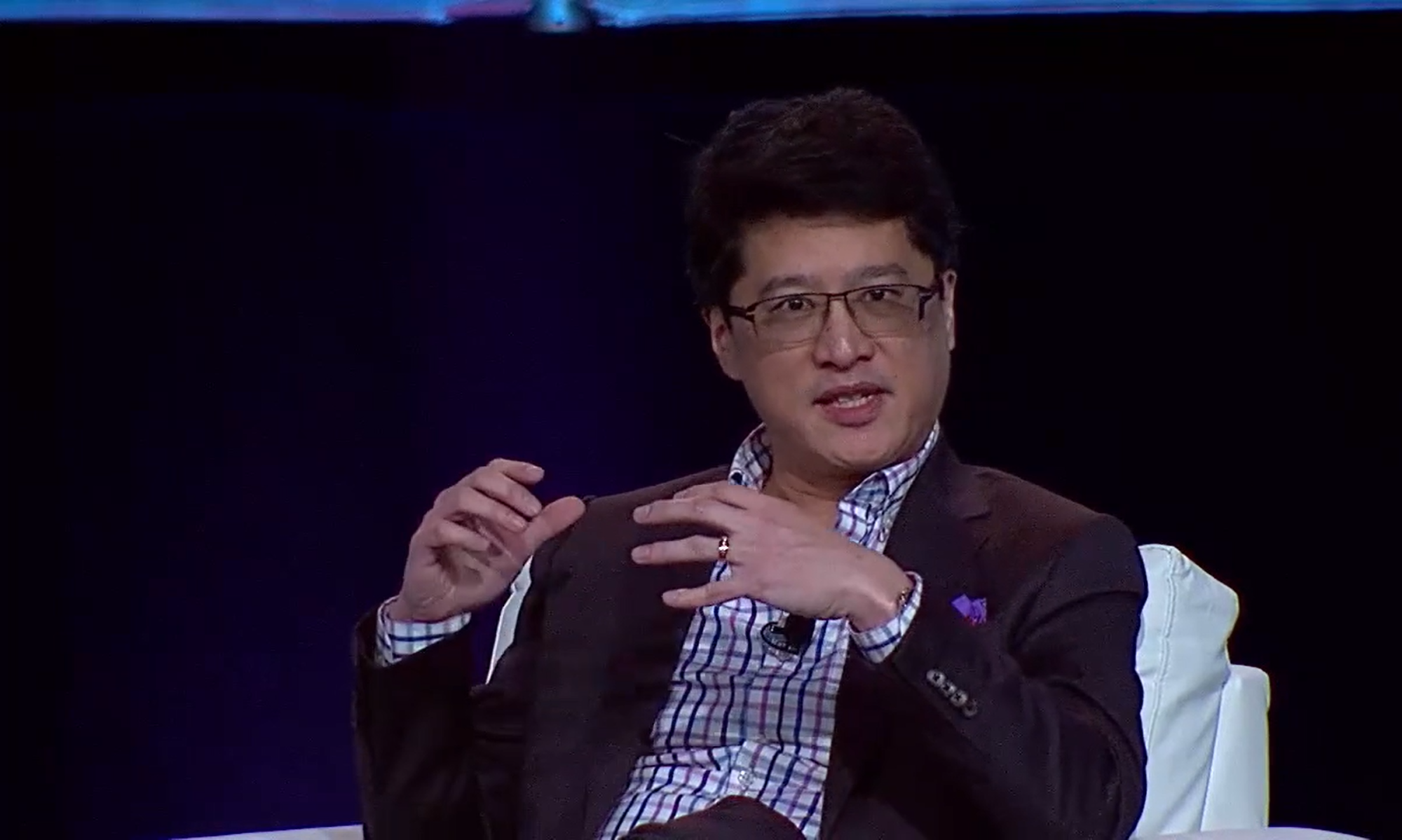One technique that I tend to use a lot in management meetings and consulting engagements involves the use of two slide types. The purpose of these slides is often to help the management team get aligned and make a critical decision about some set of issues.
The first slide I call the "Seeding" slide. The second slide I call the "Facilitating" slide.
The objectives of the "Seeding" slide are to articulate the general problem statement area and enable the management team to voice issues on specific areas within that vicinity. Note that in these situations, the exact problem statement may not be known or agreed upon. As such, it is often useful to research and include some frameworks or metaphors on the seeding slide that enable the management team to "warm up" and express issues from multiple perspectives.
The objectives of the "Facilitating" slide are to help the management team move forward and begin the dialogue of exploring potential solutions to the problem at hand. Is is often helpful to do some research on answers that can help seed the solution-exploration process. Research can take the form of best practices, case studies, academic solutions, etc. The meeting lead must work hard to apply their best facilitation skills on this slide – when to use open-ended questioning, when to analyze, and when to steer to closure require good judgment calls.
The pictures below are examples what "Seeding" and "Facilitating" slides might look like. The case below involves understanding and facilitating analysis of how two product development practices (within a merged software company) might be better integrated.
What challenges do have in facilitating management meetings and decision-making? How do you address such situations?
*********************************************************************************************************************
Please enter your email address to subscribe to updates on Steve Shu's blog. Thanks for subscribing!
